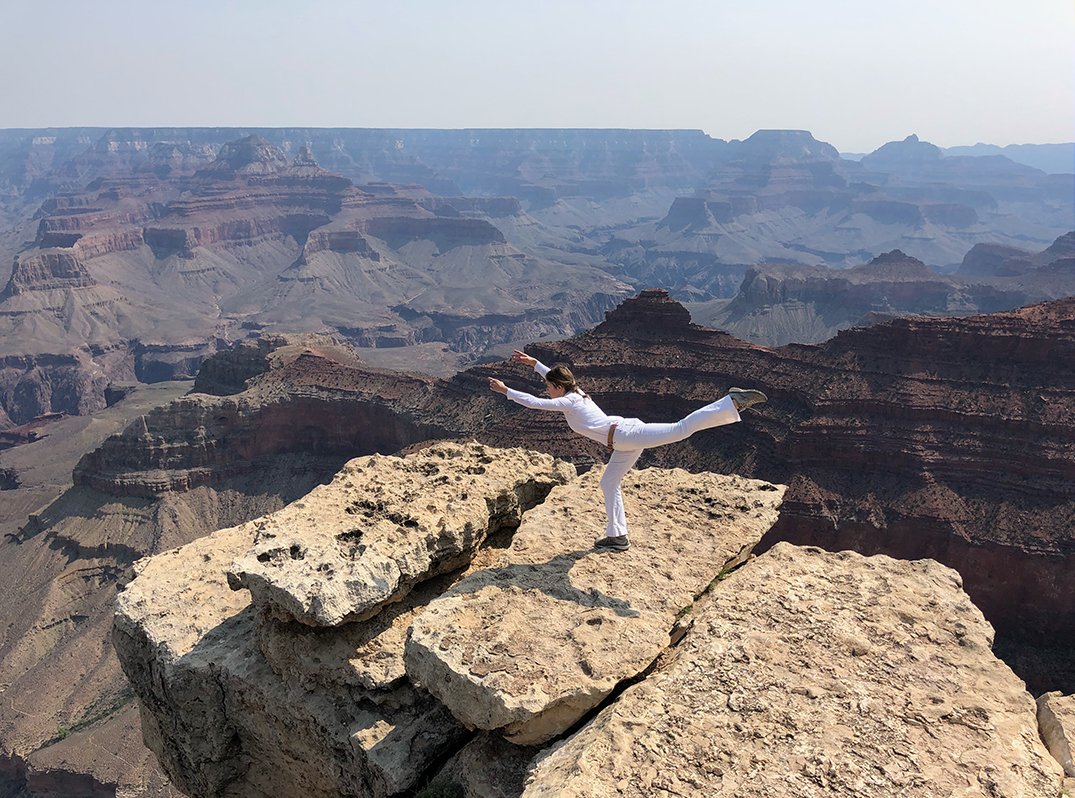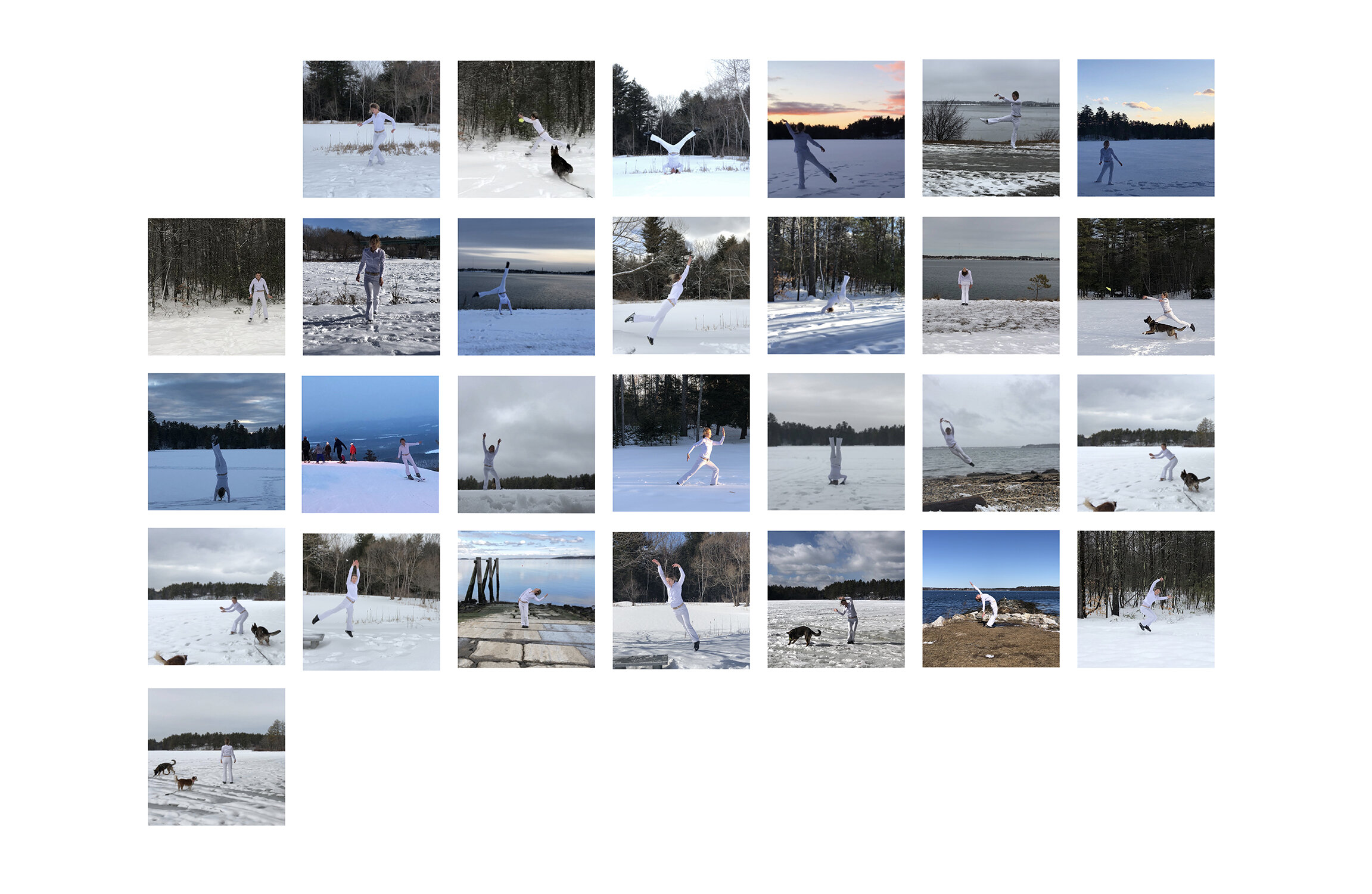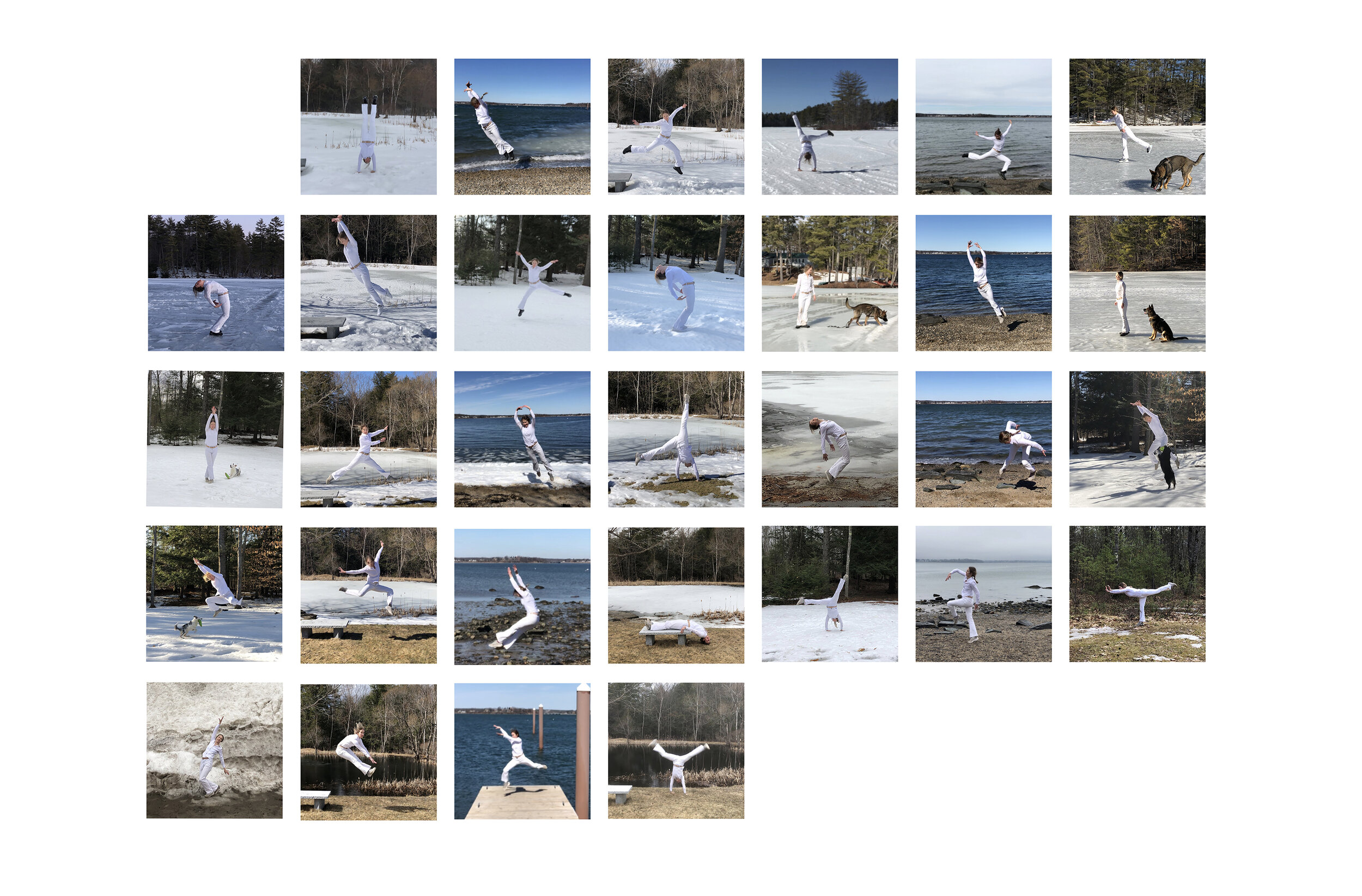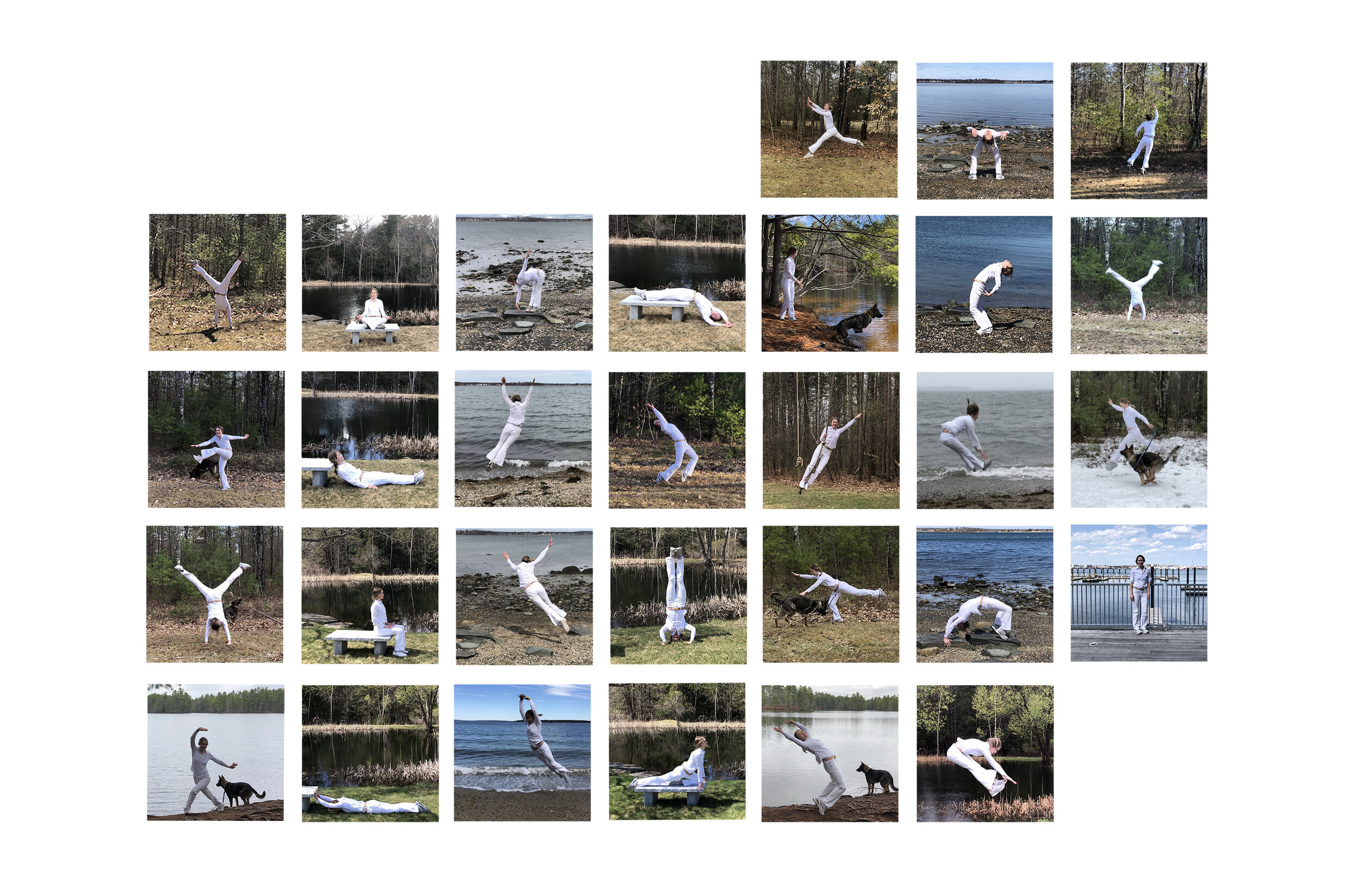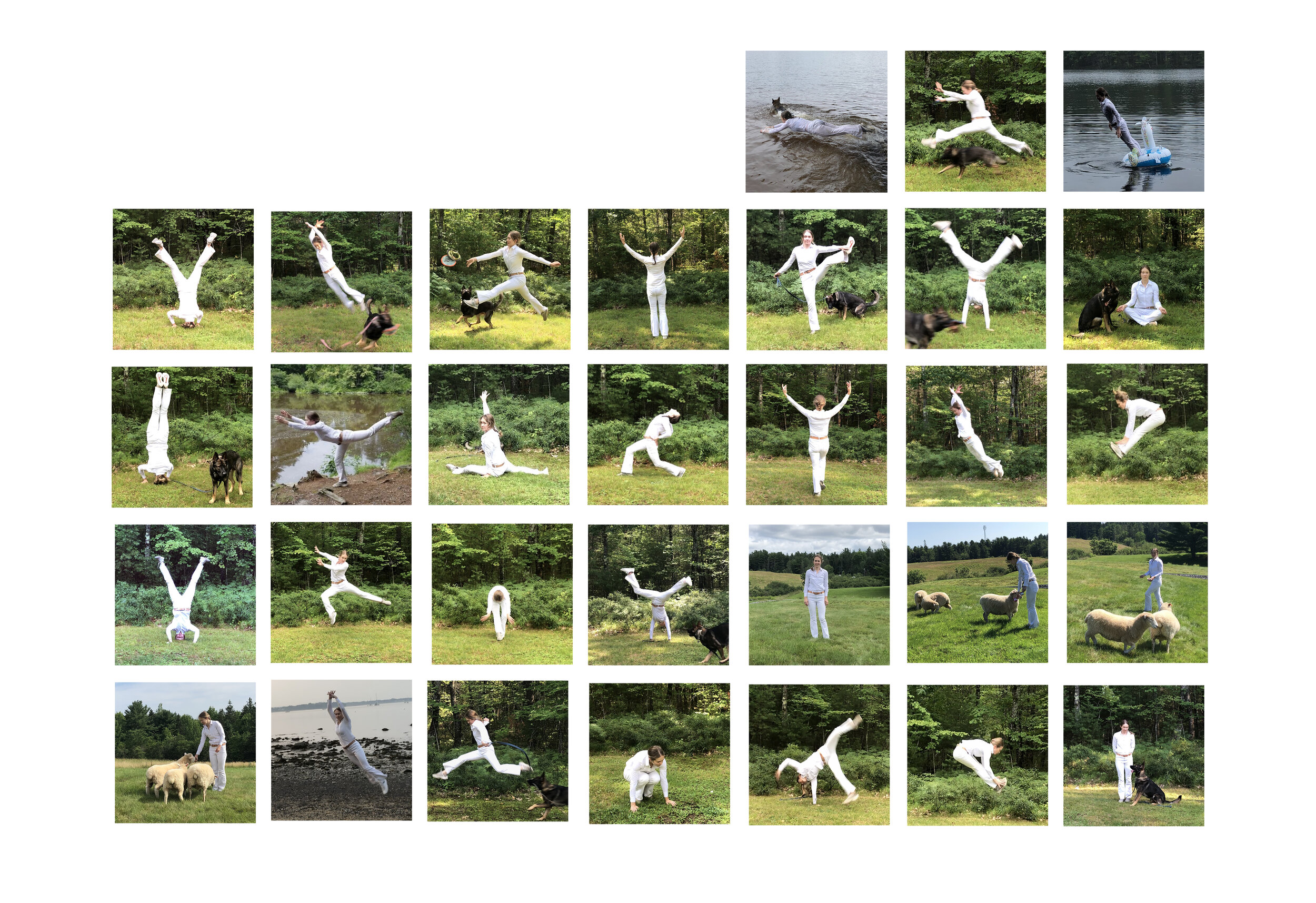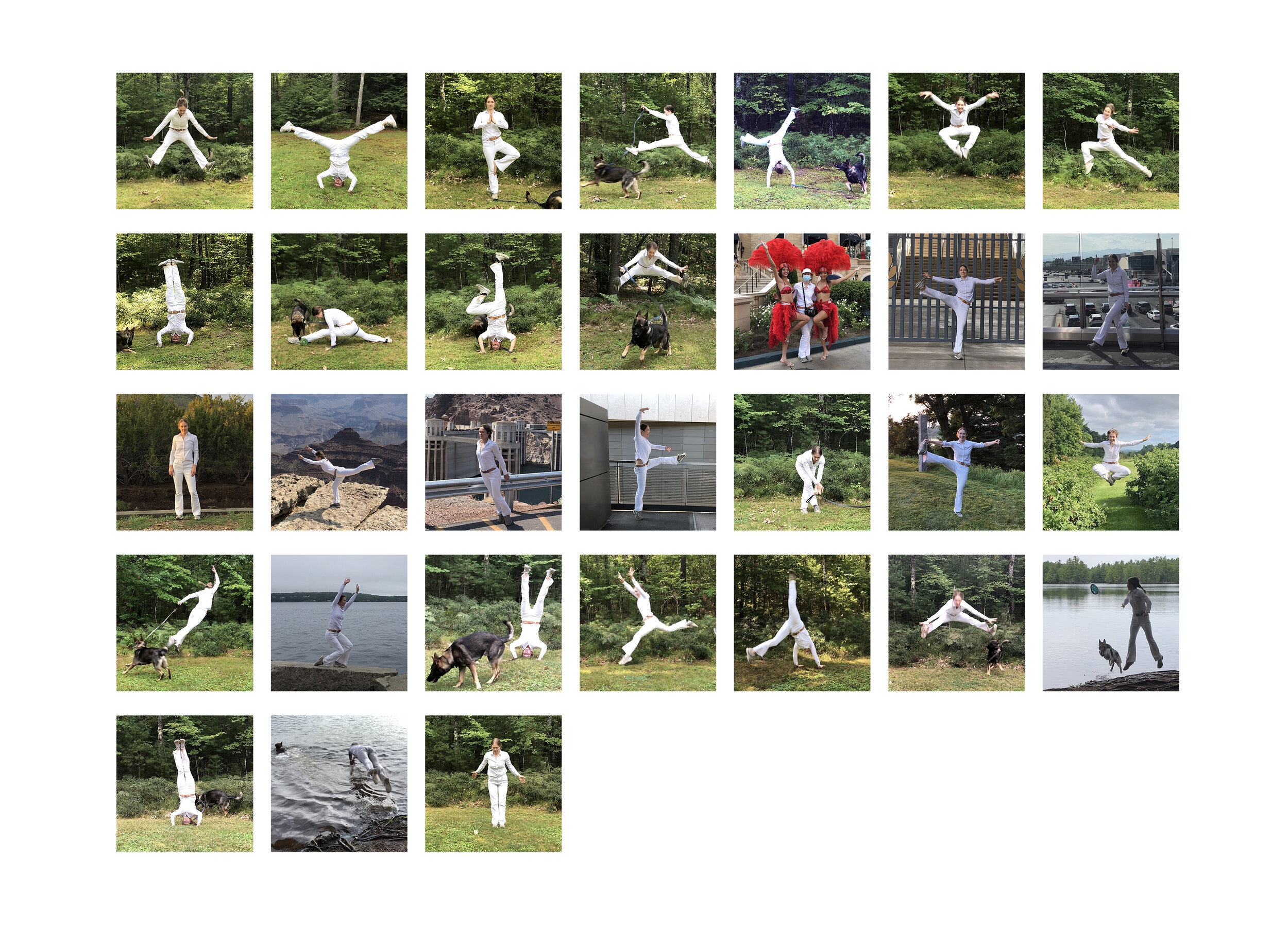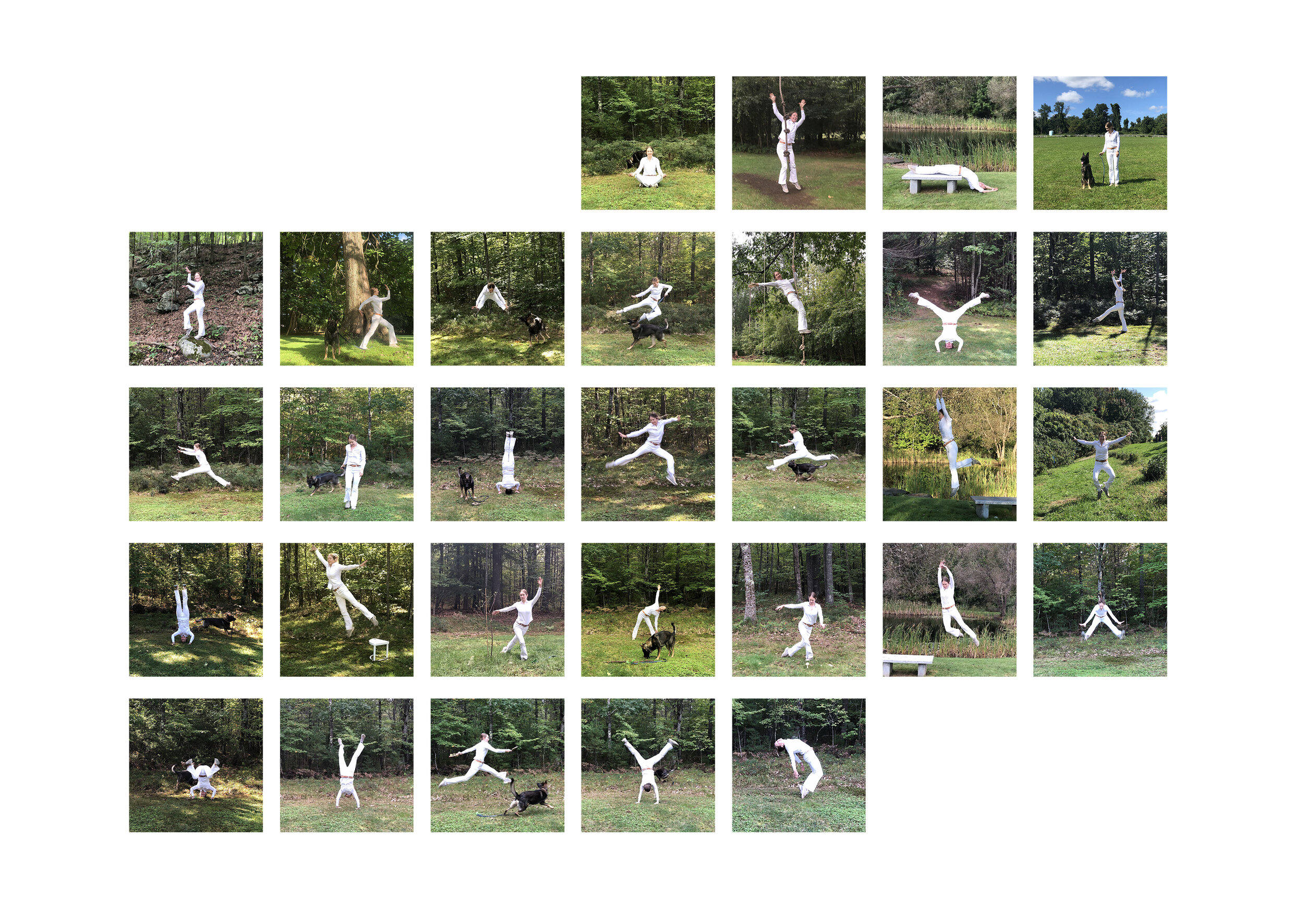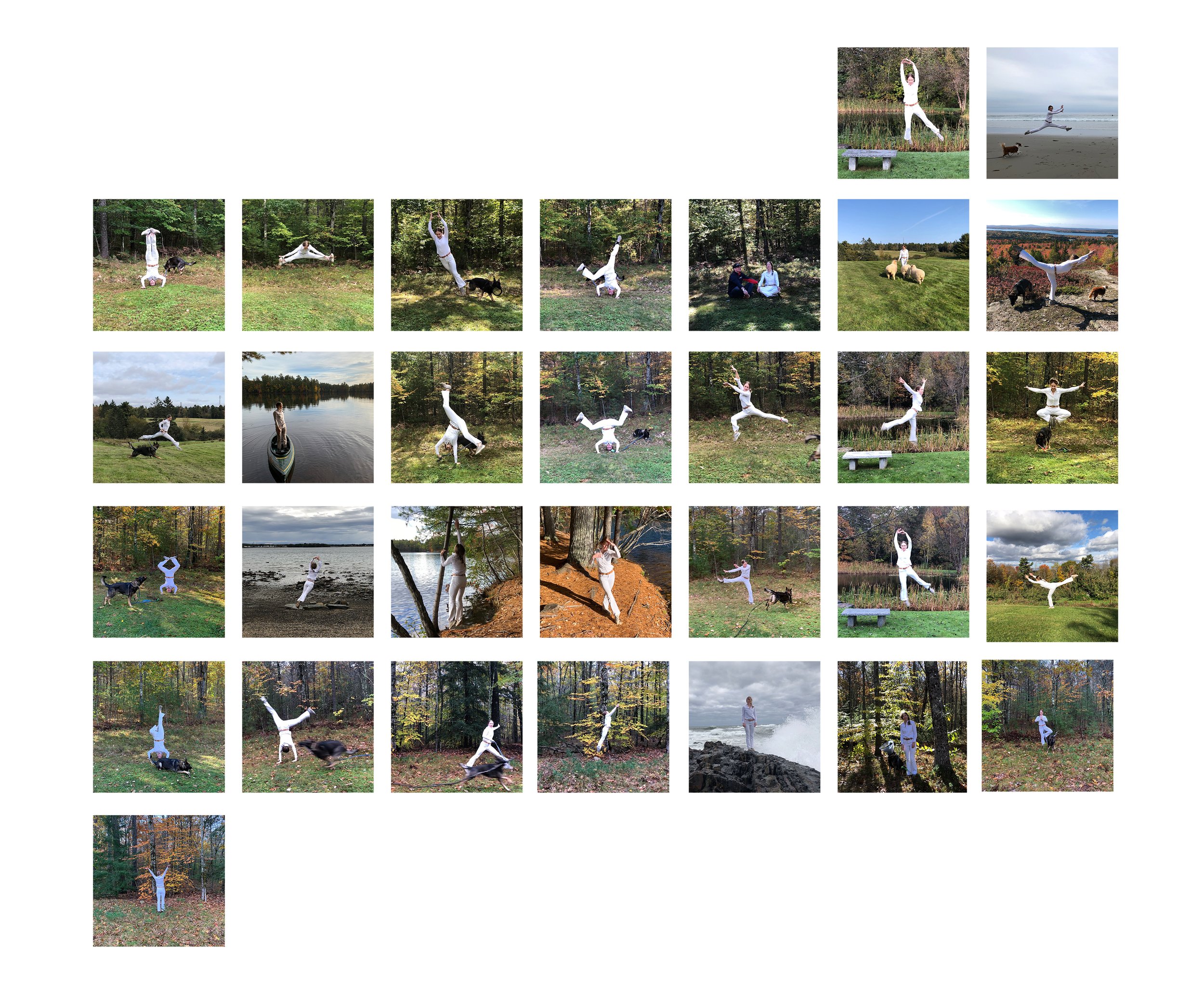
Patricia Brace is an interdisciplinary artist whose practice operates at the confluence of performance, sculpture, and site-specific intervention. Her work is centrally concerned with interrogating the entanglements of place, identity, and environmental crisis through materially engaged and embodied methodologies. Informed by her upbringing in rural Maine within a queer family structure, Brace’s work is rooted in a commitment to site-responsiveness, ecological accountability, and the transformative potential of art as both praxis and poetics.
Brace’s practice engages in sustained research-based inquiry, often initiated through direct fieldwork in threatened or transitional landscapes. Recent projects include performative and material investigations in Alaska—on West Fork Glacier and within Glacier Bay and Hubbard Glacier—where she enacted durational movement-based performances that function as both spatial interventions and affective responses to climate precarity. These works are not conceived as spectacles but as durational, processual engagements with the land—interventions that foreground the affective dimensions of ecological collapse and resilience. Her approach insists on the inseparability of environmental and cultural knowledge, articulating a methodology in which performance and sculpture emerge through direct contact with place and the temporalities of ecological systems.
Material transformation is integral to Brace’s sculptural work. Utilizing aquatic plant life gathered during conservation efforts in Maine and hand-forged steel elements created in collaboration with her father, a blacksmith, Brace generates sculptural forms that are simultaneously residues of performance and autonomous objects. These works reflect an investment in intergenerational knowledge transmission, labor histories, and the phenomenological experience of material processes. The resulting objects embody a dialectic of strength and fragility, reflecting broader concerns with environmental degradation, inheritance, and the politics of care.
Brace’s performances employ improvisational choreography, ritualized gesture, and site-sensitive movement vocabularies. Her body becomes both subject and medium—an instrument through which spatial, emotional, and ecological inquiries unfold. Often staged in liminal or precarious environments, her performances destabilize conventional boundaries between the aesthetic and the political, proposing instead a model of art-making as witnessing, resistance, and repair.
Brace situates her work within an expanded field of socially and ecologically engaged art. Her practice incorporates collaborative research, pedagogical strategies, and public engagement, creating opportunities for interdisciplinary dialogue and participatory experience. She conceives of art-making as an act of collective inquiry and speculative imagining—one that holds space for mourning and adaptation while advancing a vision of justice rooted in ecological interdependence and community resilience.
Ultimately, Brace’s work constructs an aesthetic language through which to articulate and navigate the complexities of the contemporary moment. By engaging with the material, emotional, and ecological conditions of place, her practice fosters a critical poetics that resists erasure, centers care, and imagines alternative futures grounded in relationality and survival.

